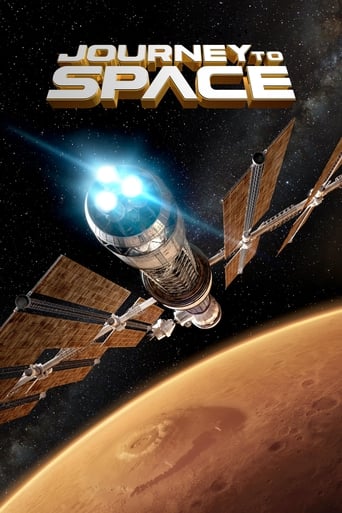
13 Feb 2015

Journey to Space
A sweeping overview of humanity’s accomplishments in space, as well as our ongoing activities and future plans.
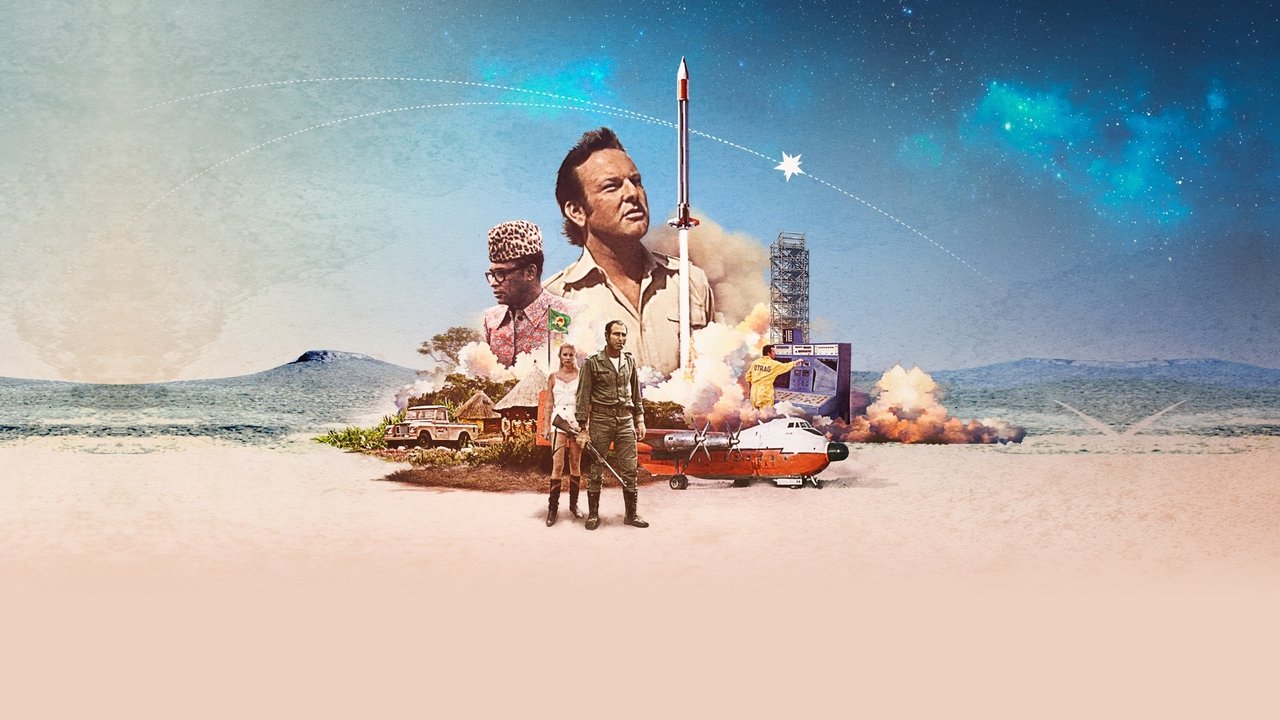
A long time ago, years before Elon Musk reached for the stars with his Space X project, a young man had his own childhood dream about a journey into space. This documentary tells the fantastic story of German astrophysicist Lutz Kayser who developed the world's first private space company. He did this under the curious and concerned eyes of secret services around the world.

13 Feb 2015

A sweeping overview of humanity’s accomplishments in space, as well as our ongoing activities and future plans.
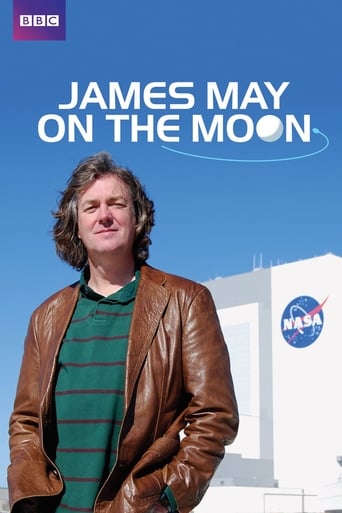
21 Jun 2009

Top Gear presenter James May presents this informative program that examines the historic moon missions. Traveling to America, May meets three of the men who walked on the surface of the moon, learning how it felt and how the now antiquated technology was used to achieve such an historic feat.
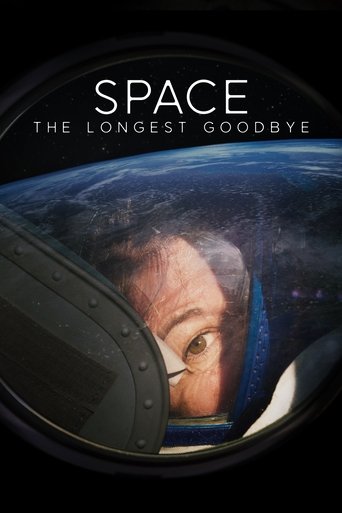
08 Mar 2024

Social isolation affects millions of people, even Mars-bound astronauts. A savvy NASA psychologist is tasked with protecting these daring explorers.
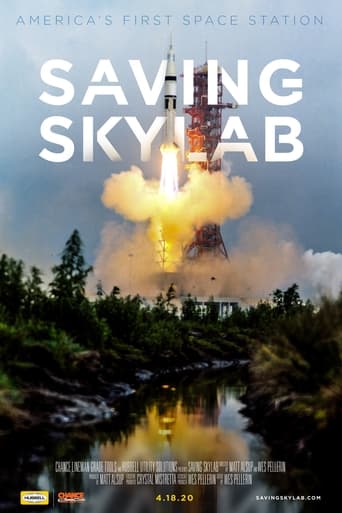
18 Apr 2020

How an electric lineman's tool manufacturer in Centralia, Missouri, helped save the first American space station from catastrophe.
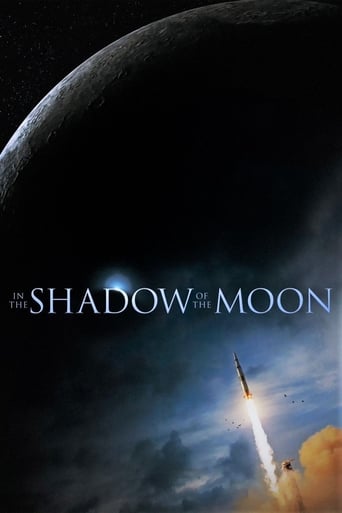
19 Jan 2007

Archival material from the original NASA film footage – much of it seen for the first time – plus interviews with the surviving astronauts, including Jim Lovell, Dave Scott, John Young, Gene Cernan, Mike Collins, Buzz Aldrin, Alan Bean, Edgar Mitchell, Charlie Duke and Harrison Schmitt.

01 Jan 1990

From the unique vantage point of 200 miles above Earth's surface, we see how natural forces - volcanoes, earthquakes and hurricanes - affect our world, and how a powerful new force - humankind - has begun to alter the face of the planet. From Amazon rain forests to Serengeti grasslands, Blue Planet inspires a new appreciation of life on Earth, our only home.
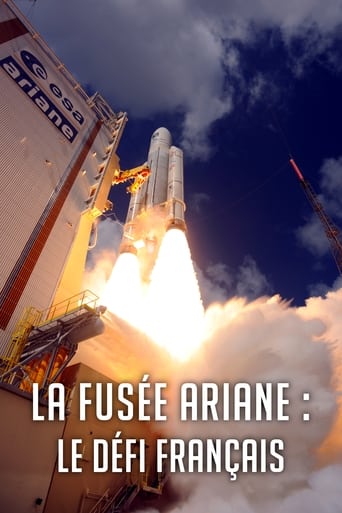
18 Oct 2018

No overview found
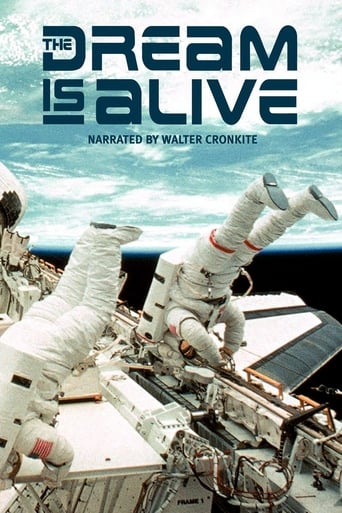
01 Jun 1985

The Dream Is Alive takes you into space alongside the astronauts on the space shuttle. Share with them the delights of zero gravity while working, eating and sleeping in orbit around the Earth. Float as never before over the towering Andes, the boot of Italy, Egypt and the Nile. Witness firsthand a tension-filled satellite capture and repair and the historic first spacewalk by an American woman.
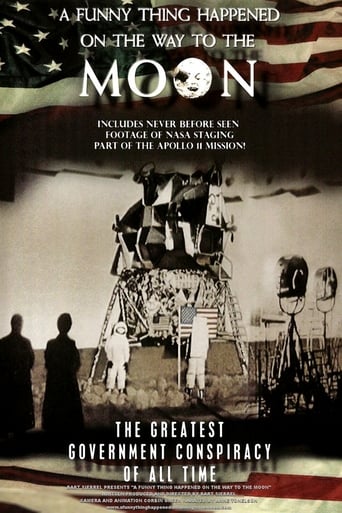
07 Jul 2001

Are the manned moon landings of Apollo one of the greatest hoaxes ever devised - perhaps even the greatest government conspiracy of all time? Were the moon walks filmed in a secret studio? Do you believe in the Moon Landing Hoax? The evidence will surprise you!

25 Apr 2010

On October 14, 2012, a 43-year-old Austrian paramedic took a cap on the edge of the space, about 40 km high, and launched a caída libre hacia la Tierra that convirtió en el primer ser humano en viajar más rápido que la velocity del sonido fuera de un vehicle.
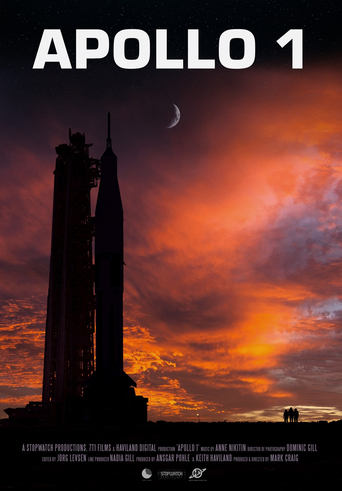
15 Mar 2025

At the height of the space race, three U.S. astronauts are tapped as the first Apollo crew. With dazzling archival footage and exceptional access, this riveting documentary explores the tragic events that followed, shaking NASA to the core.
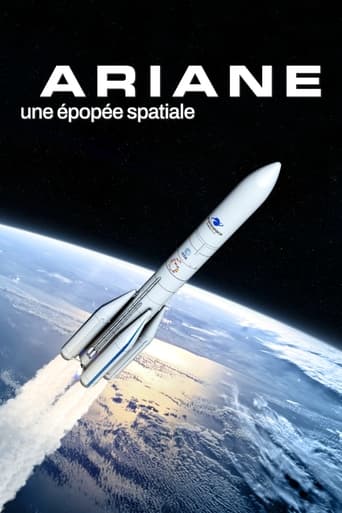
16 Sep 2021

The history of the Ariane rocket is a space epic that has seen Europeans unite and innovate to make a place for themselves in the space race. Faced with Soviet and then American supremacy, men and women from the four corners of Europe have achieved the impossible. Ariane has become a true monument, thanks to the passion of those who dreamed of it and to their tenacity in the face of the various obstacles that stood in their way. This undeniable European success is now at a turning point in its history. The new Ariane 6 program is currently being developed to meet the challenges of tomorrow: will it be able to meet the challenges of a more competitive environment than ever before?

06 Nov 2007

This film chronicles the meticulous preparation through blastoff. The Phoenix Mars Lander scheduled to land on the Martian surface on May 25, 2008. Once on the surface, scientists from around the world will gather to search for water in the form of ice under the planet's surface.
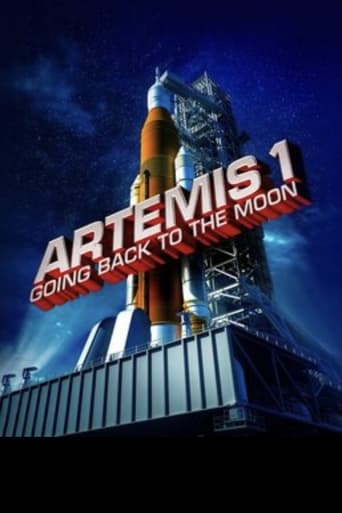
20 Nov 2022

Follow the extraordinary inside story of NASA engineers as they race to build and launch Artemis I, the world's biggest rocket, as it prepares for missions that will transport humans to the moon, then launch an amazing journey to Mars and beyond.
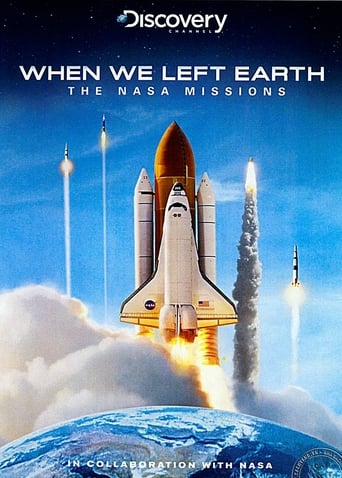
08 Jun 2008

Commemorating the space agency's 50th anniversary, follow John Glenn's Mercury mission to orbit the earth, Neil Armstrong's first historic steps on the moon, unprecedented spacewalks to repair the Hubble stories, and more!
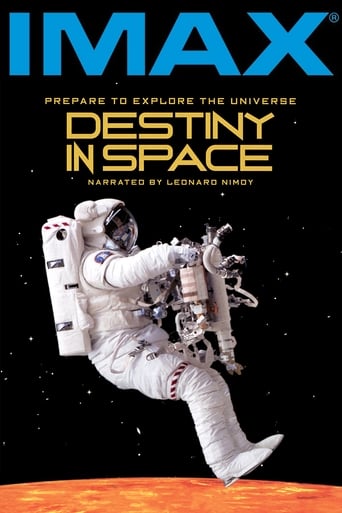
17 Jan 1994

Travel alongside the astronauts as they deploy and repair the Hubble Space Telescope, soar above Venus and Mars, and find proof of new planets and the possibility of other life forming around distant stars.
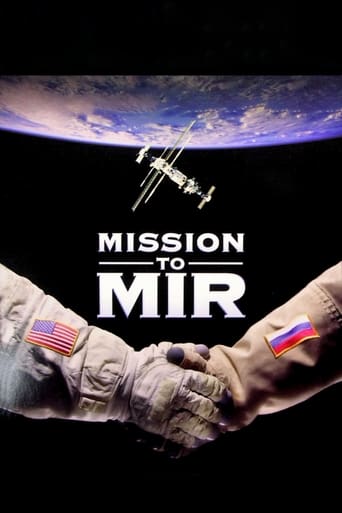
17 Oct 1997

This film shows how far we have come since the cold-war days of the 50s and 60s. Back then the Russians were our "enemies". And to them the Americans were their "enemies" who couldn't be trusted. Somewhere in all this a young girl in Oklahoma named Shannon set her sights on becoming one of those space explorers, even though she was told "girls can't do that." But she did.
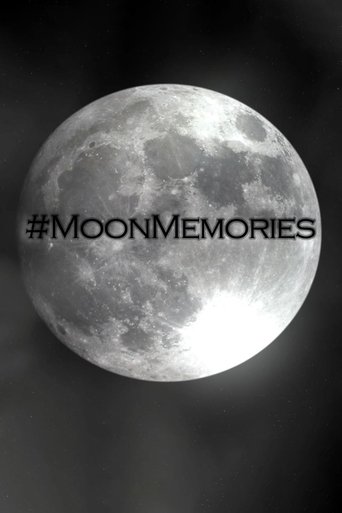
11 Jul 2019

From test flights to moon landings, thousands of people have dedicated their lives to the field of space exploration. Moon Memories presents firsthand accounts of those who made it all possible, and who now inspire a new generation of scientists, engineers and explorers.
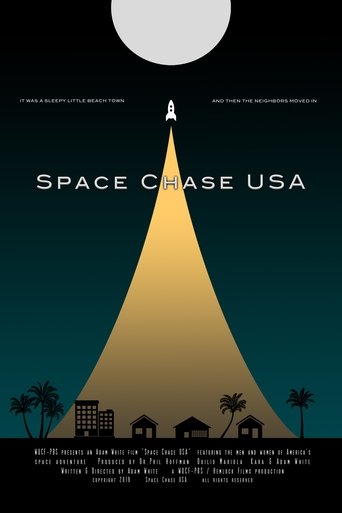
11 Jul 2019

Explores the extraordinary, transformative events Cocoa Beach residents found themselves engaged in during the 1950s and 1960s as the exploration of the future arrived on their sleepy shores.
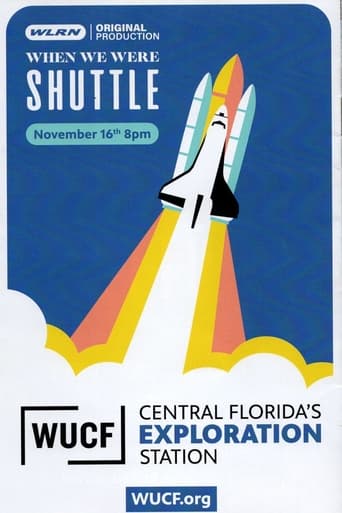
03 Nov 2022

Explores the Shuttle Program through the eyes of some of the exceptional men and women who worked behind-the-scenes to make it fly. A unique and intimate portrait of the Shuttle Years, their recollections and personal archives reveal their fondest memories and darkest hours: from the launching and repair of the Hubble Space Telescope and the construction of the International Space Station, to the loss of Shuttles Challenger and Columbia in accidents that were ultimately seen as avoidable, and in many ways served as the impetus for the fleet’s early retirement.